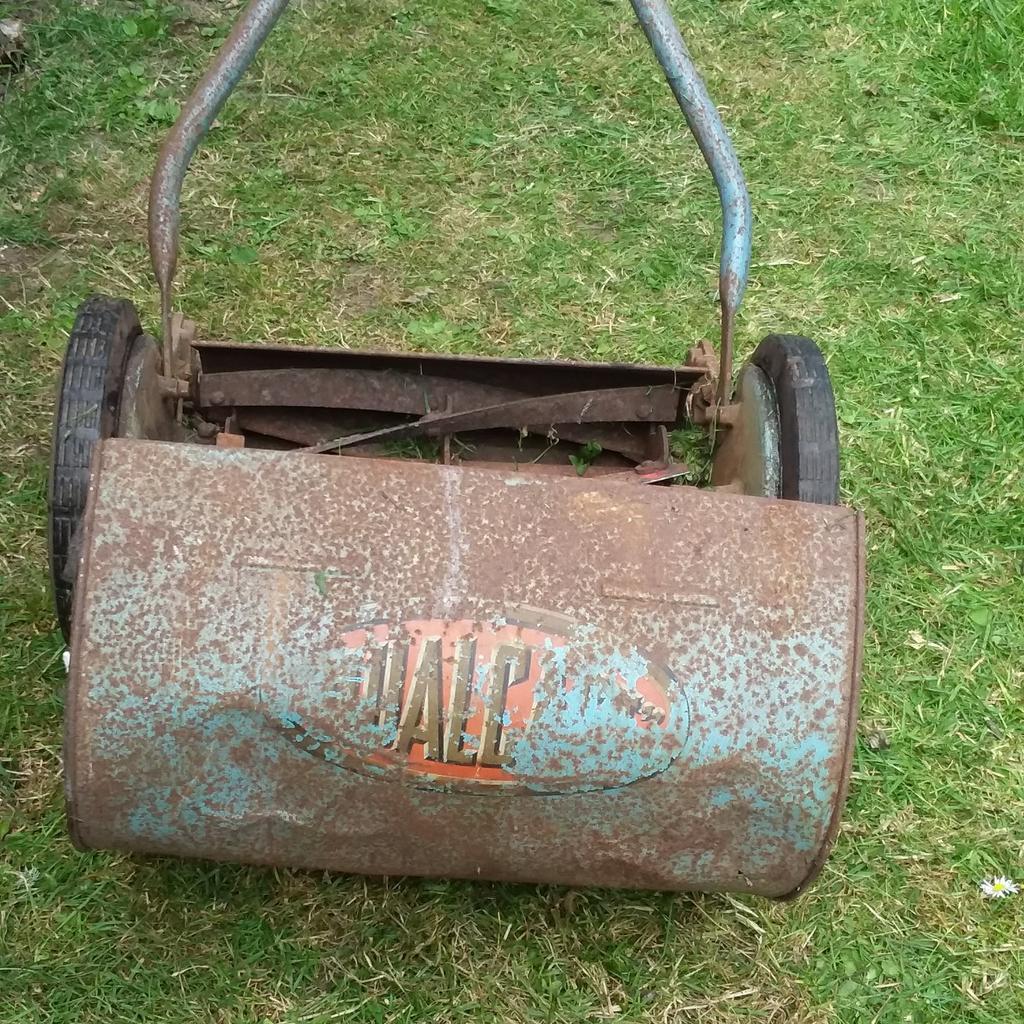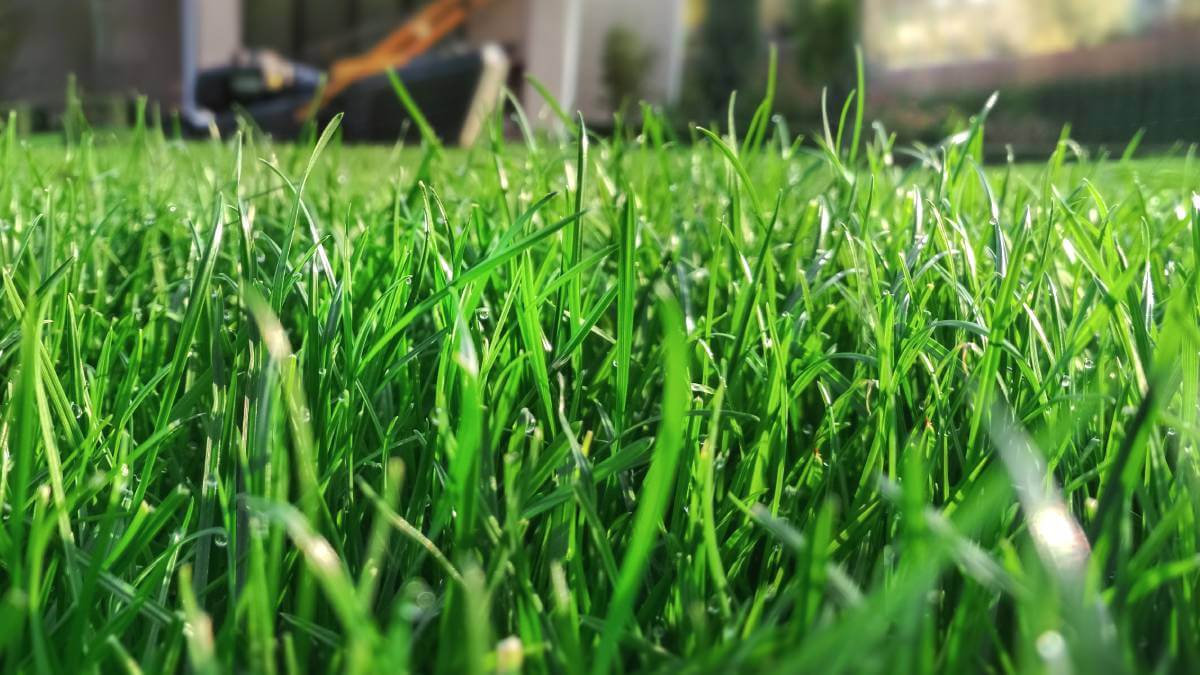Spring has well and truly sprung in Australia. The grass is growing at a rate of knots and the question on every Aussie’s lips is, “Which electric lawnmower is best?” Well, maybe not everyone’s lips, but for those with a lawn and without a lawnmower, it may be a consideration.
Back in my day (and I refuse to reveal just how long ago ‘my day’ was), the only real alternative to a petrol mower was the Flymo. This was in fact the first mower I ever purchased. Having grown up watching many neighbours battle to get their two-stroke petrol mowers started, I opted for the electric alternative. In 1992, I purchased a Flymo – basically a hovercraft that cut grass.
My Flymo, in all its bright Husqvarna orange glory, served me well for many years, but times have moved on. Flymos are still very much available, but the available range of electric mowers is vastly wider.
How things have changed in this area was highlighted to me recently. I’ve spotted a number of ads for robot lawnmowers. These basically look like the lawnmower equivalent of the self-propelled vacuum cleaners that have been around for some time. Or the similarly designed pool cleaner. What was that called? The Kreepy Krauly?
Choosing the right electric lawnmower
I was pretty happy with my Flymo all those years ago, although it did have one drawback – the power cord. There was always the possibility that I might take a wrong turn and slice it in two. It never happened, but it was something of which I was always wary.
Of course these days things are very different. Technological advances mean you can now mow your lawn with a cordless, fully-charged Flymo, although corded versions are still sold. One of the reasons some lawn carers still prefer the corded version is that they’re lighter. The battery component of cordless lawnmowers does add weight to what you’ll be pushing.
The game-changer of recent times is the self-driving electric robot lawnmower. With these babies you can not only forget about cord concerns, you can forget about pushing a mower at all!
By most accounts, there aren’t too many negatives that come with the self-driving mower. It’s pretty much a ‘set and forget’ affair. However, an online review by Victoria’s RACV did suggest that some garden obstacles could bring them undone temporarily. “Obstacles can obstruct the path and the mower can decide to avoid them altogether,” the review said.
Oh, and there is one other downside to the robot lawnmower – the cost. Most models will set you back hundreds of dollars more than an ‘old-fashioned’ electric mower. Or in the case of top-of-the range robot mowers, thousands. The top-level Luba AWD 5000 comes in at a whopping $4599!
Still, that model has features not needed for a standard suburban backyard. It mows up to 1.25 acres, can manage steep slopes with its all-wheel drive and had obstacle avoidance and auto-recharge.
Self-driving versus self-propelled
One thing to be aware of is the difference between self-driving and self-propelled lawnmowers. The term self-driving is normally applied to the robot-style mowers that can be left alone to do their thing.
Self-propelled mowers look the same as traditional mowers in that they have the familiar steering assembly. These mowers still need to be steered, but their self-propel element alleviates the need to expend any energy pushing them.
A trip to your local dealer to discuss the needs of your lawn – and you – might be your best course of action before heading down the electric lawnmower path. Or you might consider the path my dad chose and stuck with all those years ago – the old push mower. Ours was identical to the one below. Recharging? Not a problem. Dad would just hand over the mower to one of us kids!

Are you on the lookout for a new lawnmower? Would you consider an electric model? Let us know via the comments section below.
Also read: Money-saving ways to garden on a budget


Look at he history of any new mower before you commit yourself.
With several of the electrics, as they are relatively lower powered than a similarly priced petrol mower, it may be advisable, maybe essential, to mow more frequently than needed with petrol.
Reports have suggested that the battery life may not be as good as the brochure(website) suggests. I’ve seen where similar ride-ons promise up to 2 hours of operation, but manage only 45 minutes when mowing (but great as garden tug for a heavy wheel barrow/trailer (sold separately)). Replacement of the batteries after less than two years has occurred.
There are two aspects to battery life, both the duration of mowing operation and actual chronological life Will the mower run long enough to mow your lawn and will that battery still be holding charge in two years time?
Electric mowers may make sense for smaller plots but they dont add up for large gardens. If the Luba awd 5000 is really top of the range, the owners of these machines must be very patient. At 500m2/hr it would take ten hours of mowing time to mow a one and a quarter acre lawn. Then there is the recharge time of say four times at two hours each. So what would normally take an hour or less on a modern zero turn mower will take two full working days with an electric mower. And that’s progress??!
A major downside of these batteries is they need regular use and charging but most garden tools are used at most six months of the year. Some batteries are interchangeable between tools if you buy the same brand but there are limitations and disadvantages to that. The battery of a large mower would have few alternatives uses. And despite all the claimed environmental benefits for ‘electric’ there still seem to be questions about battery recycling.
I have chain saws, a brush cutter, mowers, hedge trimmer, blower, mulcher and fire pump which all operate from petrol. If they are properly cared for as I finish using each machine, they are maintenance free while in storage. With the addition of fuel when needed they will start within seconds even when left unused for months or even years. I recently sold a 1987 (36 years old) Rover 4 stroke Rover mower for $250 having replaced only the blades and oil. How many replacement batteries would I have needed in that time?
I have used a 2-stroke for many years and never have had problems starting it. Because we have an average size suburban block of 1000m2, I have researched alternatives and would never buy an electric mower. Definitely I would buy a good battery mower, probably Makita because batteries are available long term and are lithium-ion cells if I needed to.
Never ever buy a cheap battery powered mower. More trouble than they are worth.